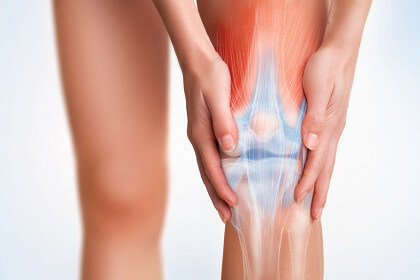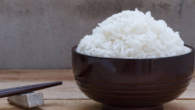
Scientists have invented a new way to restore articular cartilage
0
Recently, a group of Chinese scientists announced the development of an injectable hydrogel to restore damaged cartilage. The researchers wrote in the article about the creation of the hydrogel, its range of applications and its effectiveness when used during testing on rodents and pigs.
In the clinic, articular cartilage defects with a low self-healing capacity are very common. They affect health and mobility, while the restoration of articular cartilage defects is a complex clinical procedure.
Modern technologies for the restoration of cartilage tissue
In recent years techniques for repairing torn or eroded cartilage have improved greatly as scientists have learned to grow chondrocytes (the cells that turn into cartilage) and use them to stimulate the growth of new cartilage.
They are usually grown on structures in patches, which are then applied to areas that need restoration. However, one of the main disadvantages of this treatment is the need to cut the skin and open the area to be treated. This method can lead to painful recovery for several months.
The material being implanted needs properties beyond the usual enhancement of biocompatibility for chondrocyte survival and cartilage regeneration. In particular, arthroscopic surgery requires hydrogels that can rapidly form a gel in water, bond strongly to surrounding tissue, and maintain mechanical stability to withstand environmental pressure. However, to date, no hydrogel has demonstrated all these properties at the same time.
What is the special feature of the new hydrogel
The presented development allows the use of a new type of hydrogel for the same type of treatment, but without surgical intervention. Scientists say that ultra-fast gelation, high mechanical strength and strong adhesion to natural tissues allow this hydrogel to be directly used in arthroscopic treatment.
The hydrogel developed by a team of researchers from China used light-initiated polymerization and light-induced cross-linked imine organic compounds.
The result is a gel that can be applied to the frame, it hardens only under the influence of ultraviolet light. This means that the frame can be folded into a very small shape and injected into the area that needs to be repaired.
Then the gel can be injected onto the frame. Once the gel is in place, all that is needed to harden it is to shine an ultraviolet light on the affected area. The gel hardens within ten seconds, allowing the framework with its load of chondrocytes to grow new cartilage.
Scientists tried different shapes of the material using laboratory rodents and finally settled on a star shape. They then further tested their gel by injecting it into several mice and allowing the cartilage to grow for eight weeks.
Next, the researchers tested their approach on pigs with defective cartilage and monitored cartilage growth using MRI. They found that after about six months, the pigs' cartilage regenerated.
The researchers plan to continue testing the hydrogel and the new way of administering it, and soon conduct human trials. If this approach proves to be effective and safe, it is expected that it could become the new standard of care for damaged cartilage.









Leave a Reply